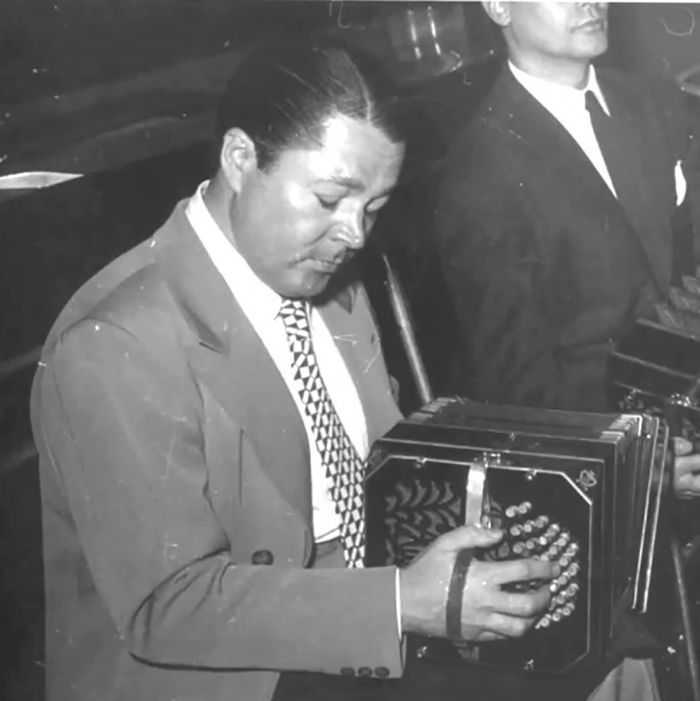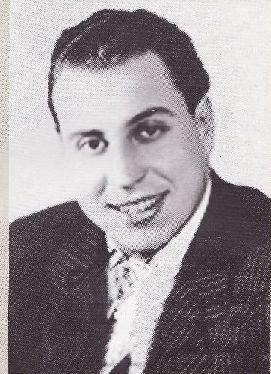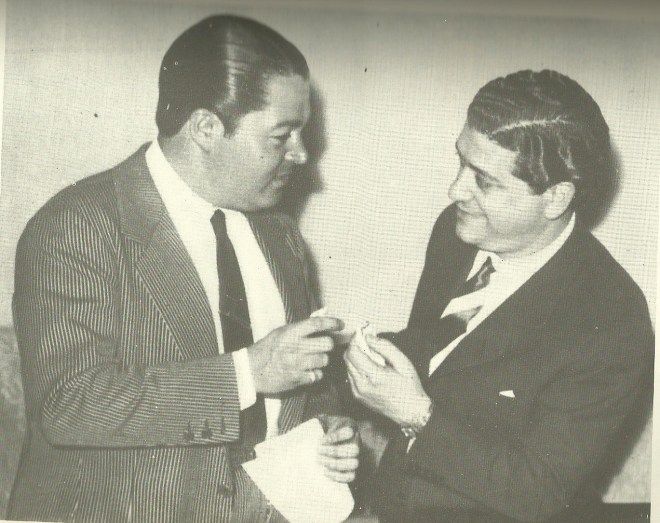Enriqueta Kleinman & Ruben Harymbat
Enriqueta Kleinman & Ruben Harymbat dancing at Cachirulo milonga, Buenos Aires, January 2008.
Ruben Harymbat, Ruben de Pompeya (1939-2015)
Was a milonguero from the golden era of tango. Ruben was born, bred and lived until his passing in the Buenos Aires barrio of Pompeya. He began dancing when he was 14 years old. In those days before professional teaching developed, he learned from his brothers and male cousins and friends. They would practice together every year to participate in the annual carnival.
Although highly respected for his dancing, Ruben never wanted to take his dancing to a professional level. He described himself as a humble man who has always kept a low profile. Ruben worked for 43 years in the Argentine Post Office; the first 10 years as a locksmith. He later became responsible for the Department of Locksmiths of the Argentine Post office.
Ruben raised his family with his wife, Haydee, “a beautiful dancer” he says. But Haydee had problems with her knees which means she can no longer dance.
Ruben’s passion for the tango was evident as soon as you see him on the dancer floor. His energy belies his age, or perhaps it is indicative of the many years he has expressed himself through the dance. Ruben was the “master of improvisation” and owner of enormous creativy. Ruben was highly sought out dancer in Argentina for performances. His performance partners have included Anna Maria Schapira, Alicia Pons, Susana Miller, Maria Plazaola, Enriqueta Kleinman, and Marisa Galindo among others. Ruben was invited to perform in November 2007 for the Congress of the Nation of Argentina in homage in “Recognition to the Milongueros of the night in Buenos Aires.”
Ruben participated in the 2007 and 2008 Festival Tango Estilo Milonguero. He has given seminars with Susana Miller and Maria Plazaola at “La Academia” in Buenos Aires. Ruben has also made numerous trips to Brazil to teach and perform.
Enriqueta Kleinman (1953-2014)
Enriqueta has danced tango for over 17 years. She had taught group and private classes in Buenos Aires and all over the world. She was an expert in Salon Tango – Milonguero Style, Tango Waltz and Milonga. Enriqueta also specialized in teaching technique for women and has led many courses and seminars. She performed at the Third and Fifth Metropolitan Championships in Buenos Aires. She has done a number of performances in Buenos Aires including at Salon Canning, Cachirulo (Maipu 444), and at the Confiteria Ideal at the First Milongueando Festival in Buenos Aires. Enriqueta has taught and performed in many cities of US, Canada. In Europe: Germany,Italy, France, Sweden and Russia. She has also taught and performed at the following Tango Festivals: 2008 May Madness at the University of Michigan in Ann Arbor; the 2009 Portland Tango Festival; 2009 Tucson Tango Festival; 2009 Chicago Mini Tango Festival; and 2010 May Madness. Also, again Chicago MIni Tango Festival 2011 and 2012. Retiro Festival (Sweden) 2011 and 2012. Enriqueta also speaks English, having lived for several years in New York City. Enriqueta was also an artist by profession.






